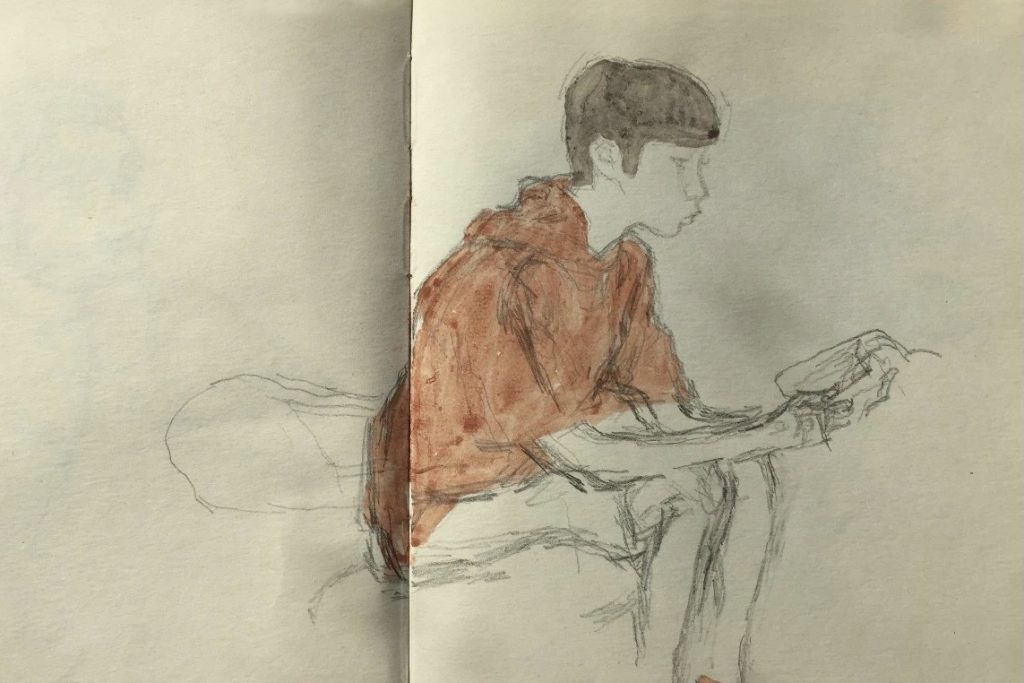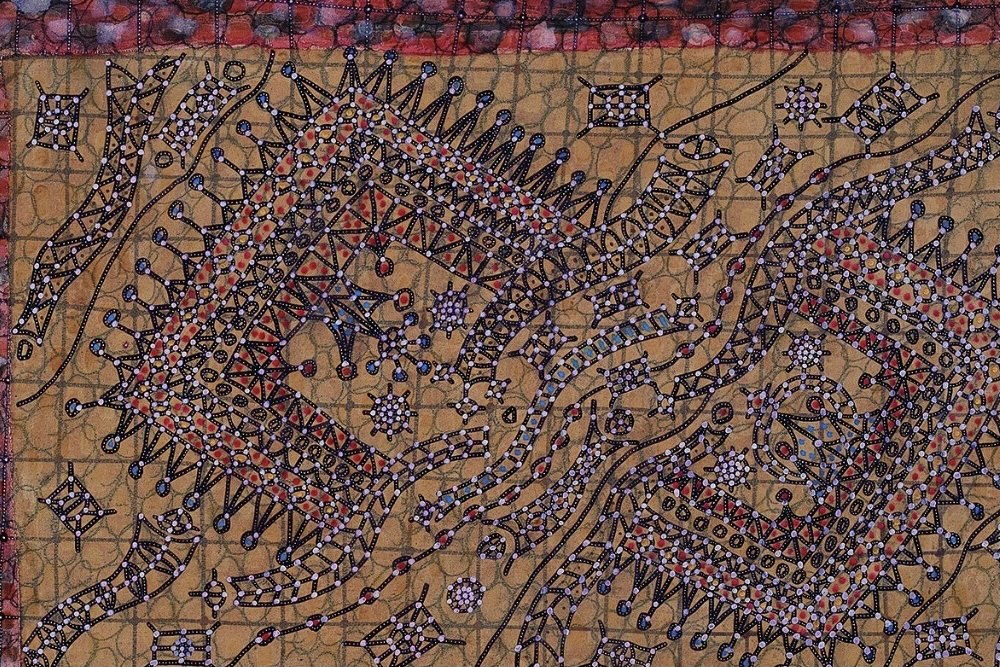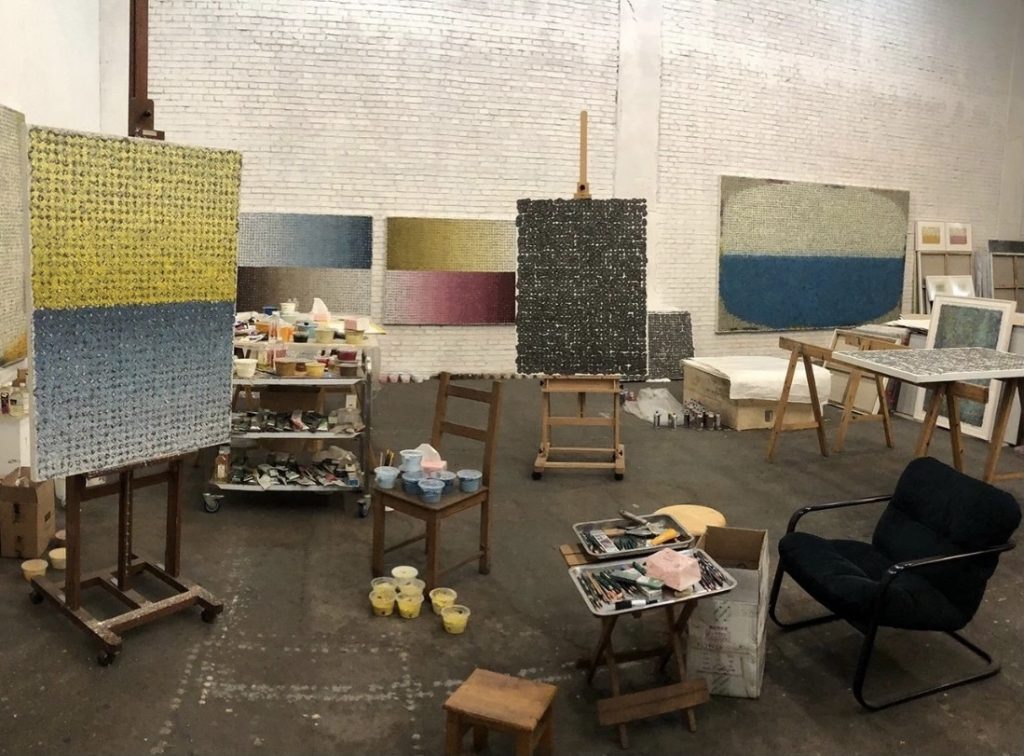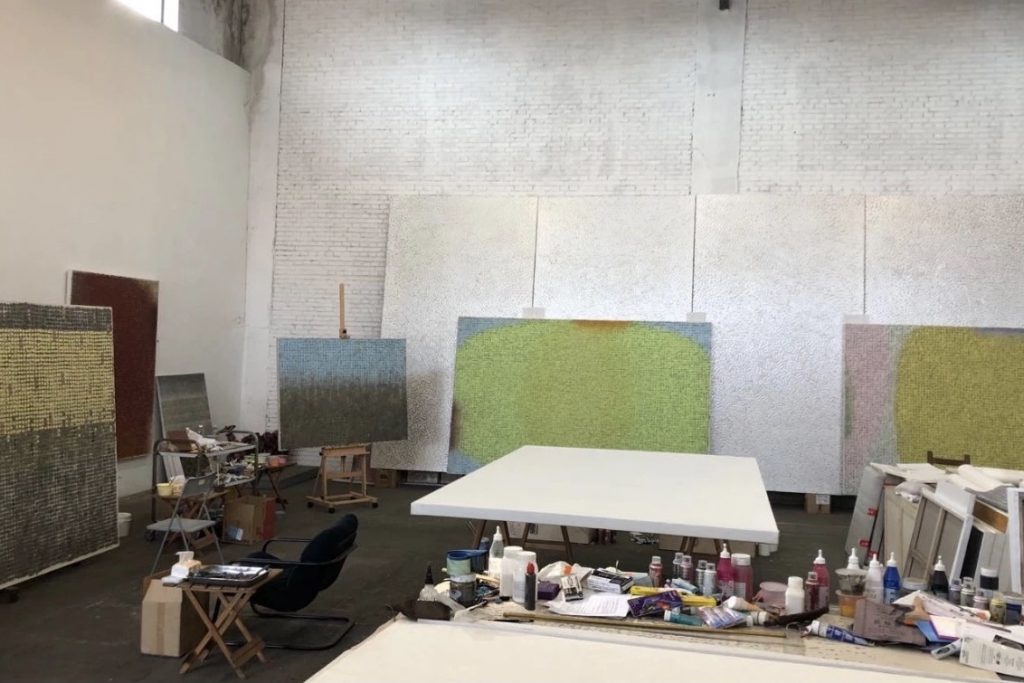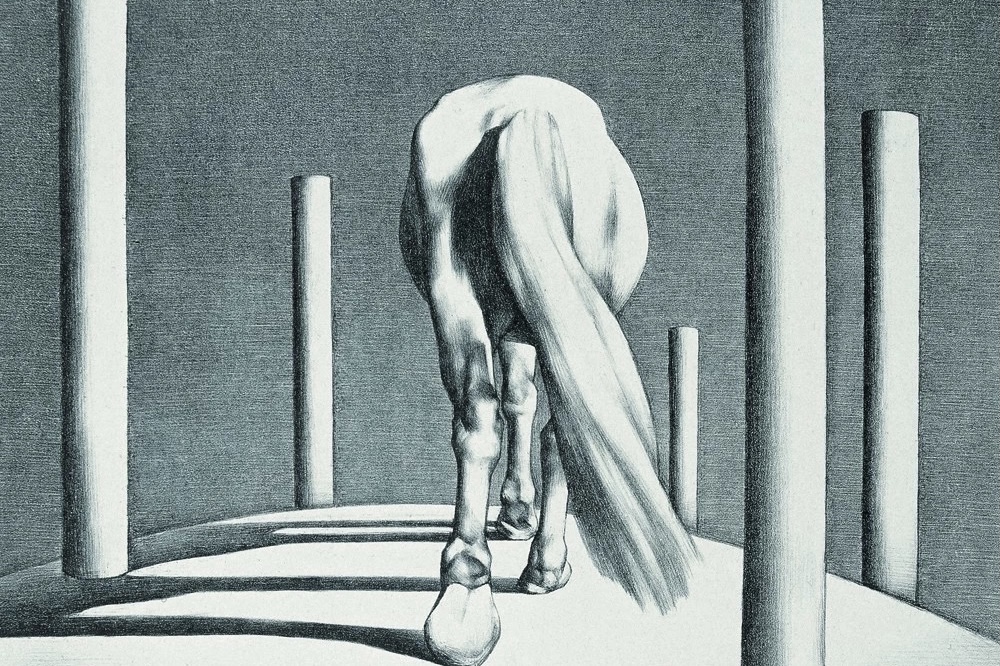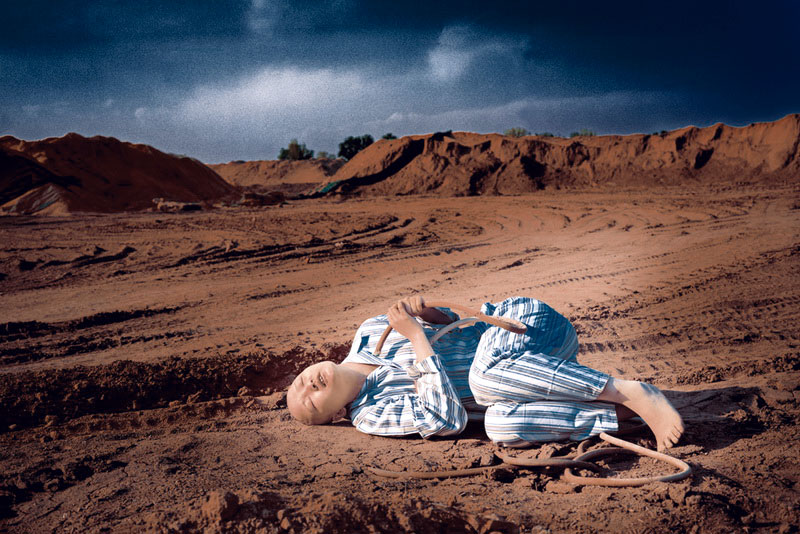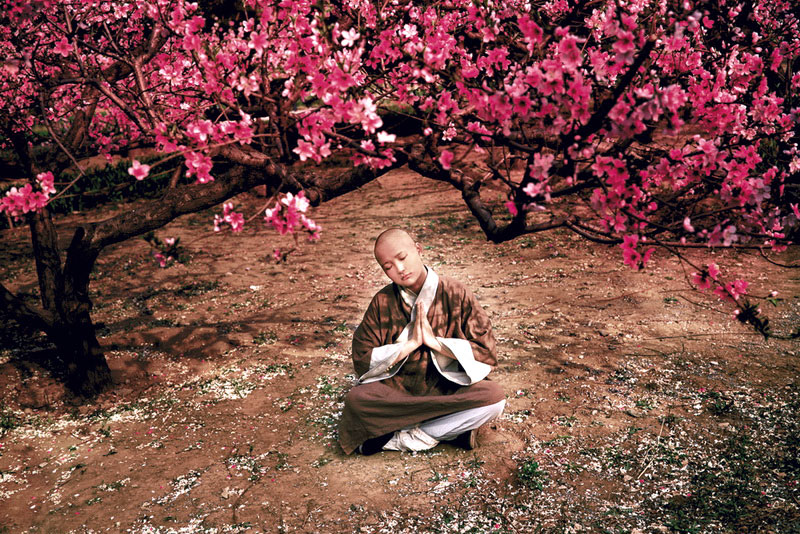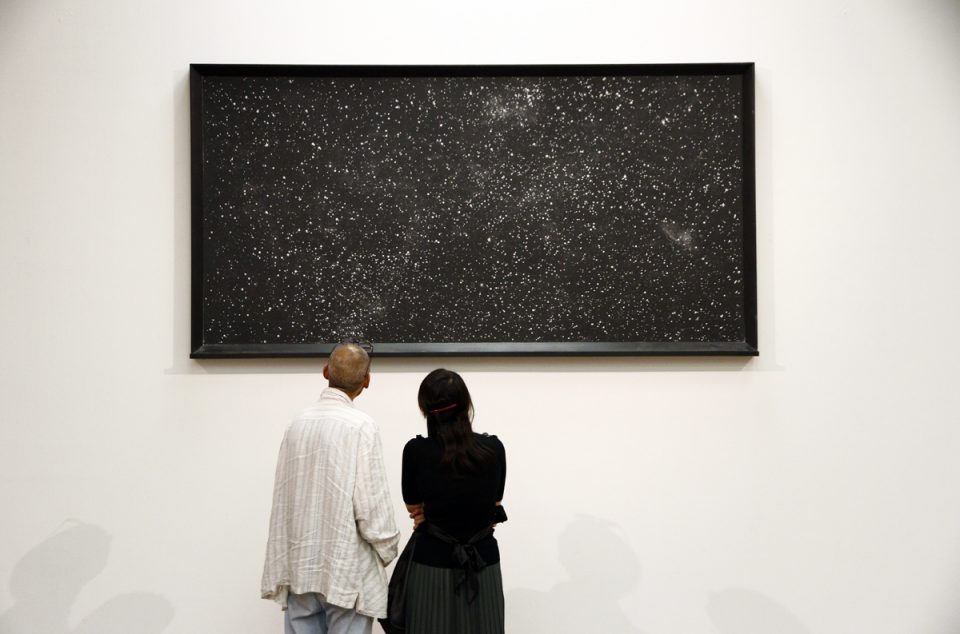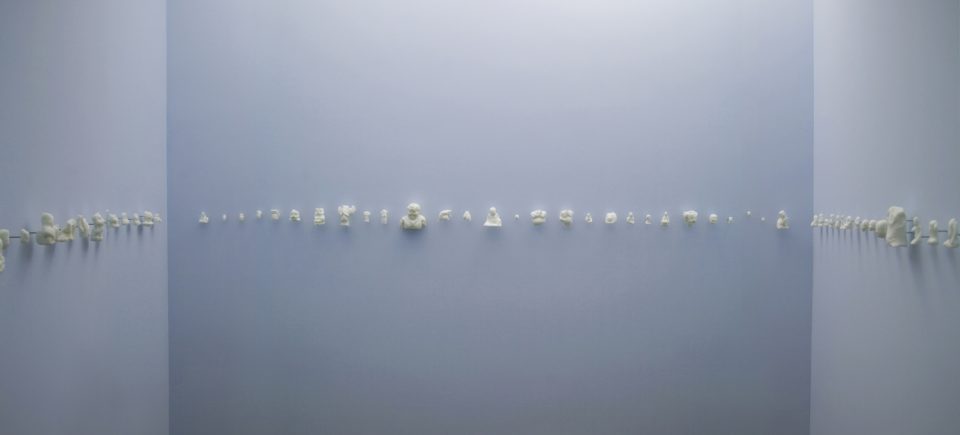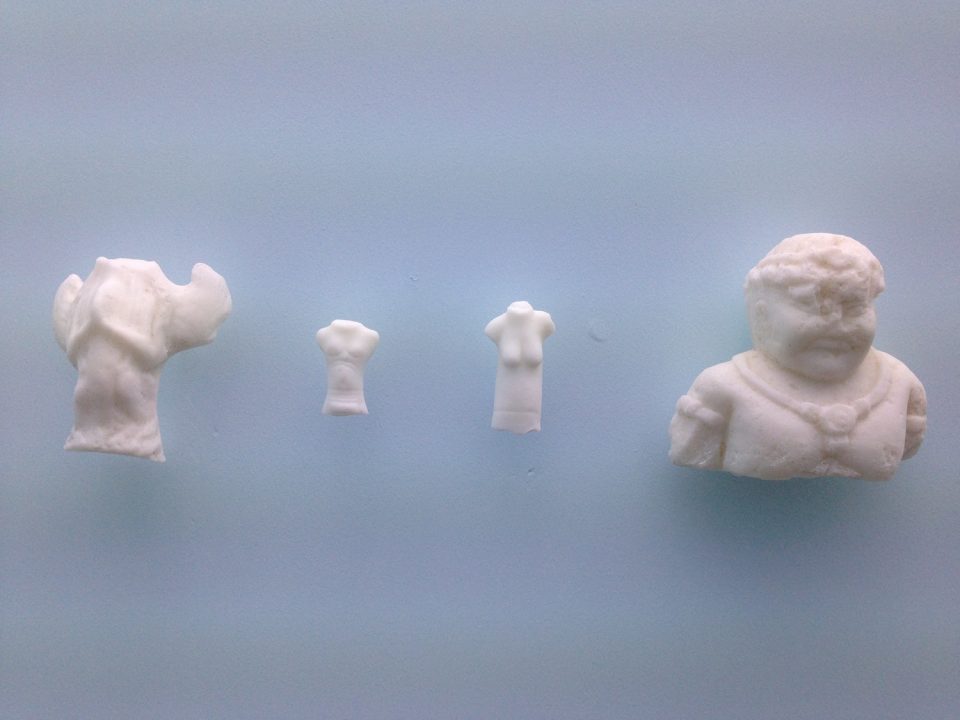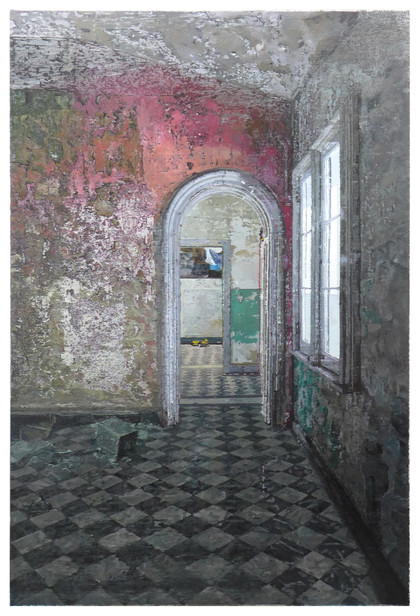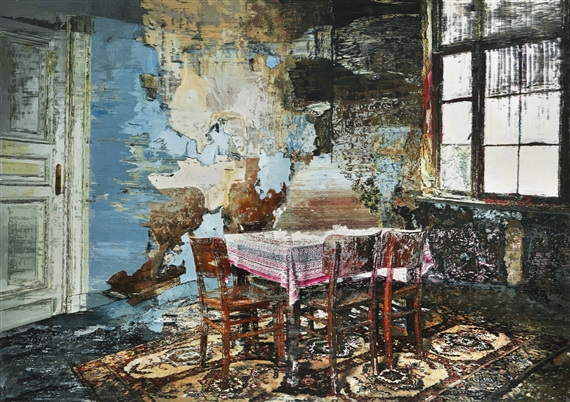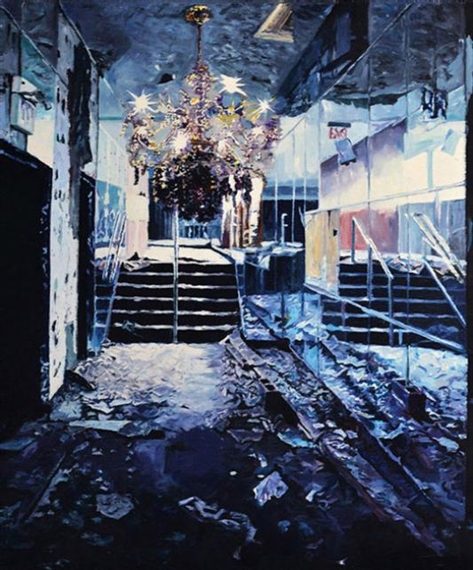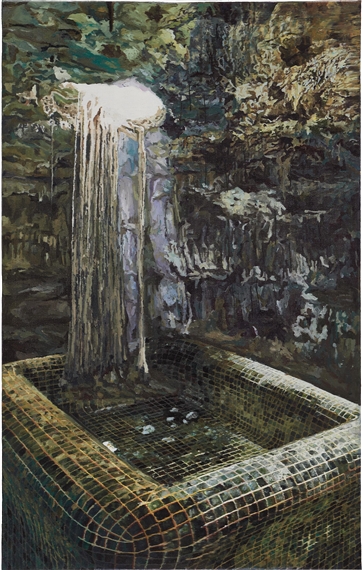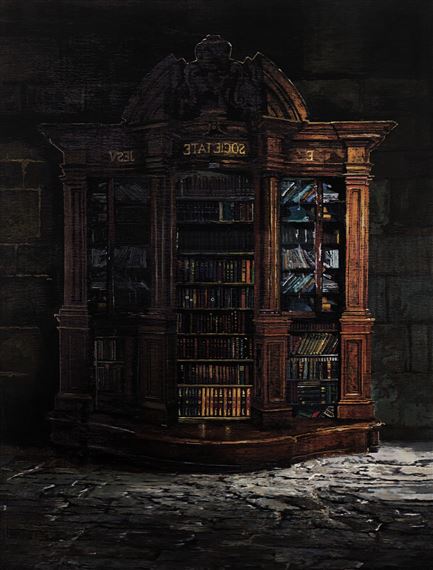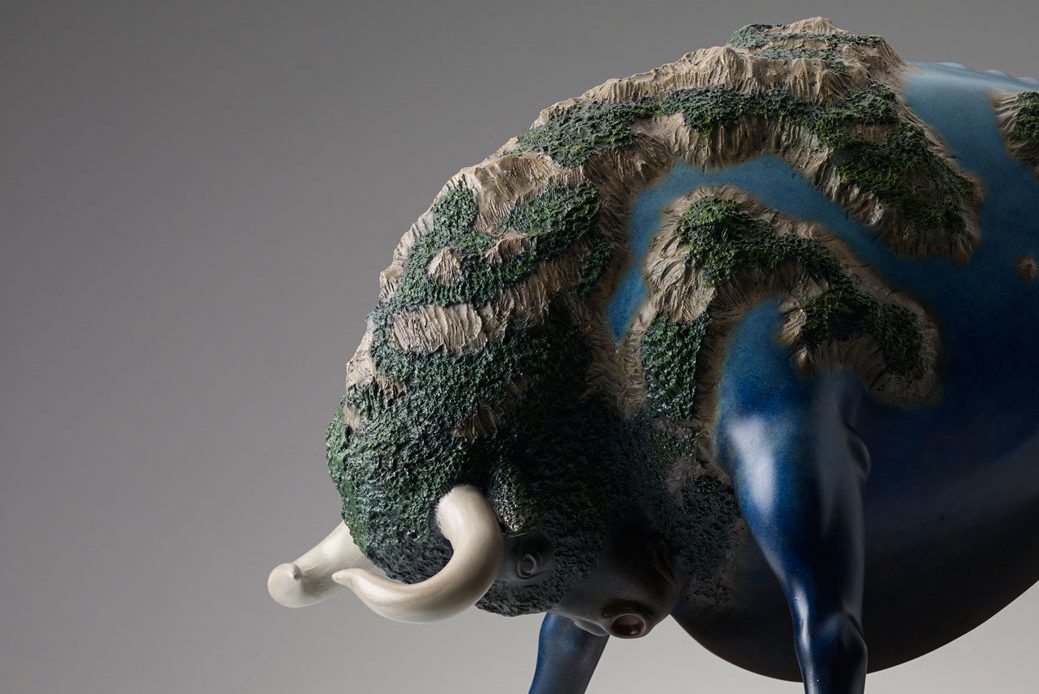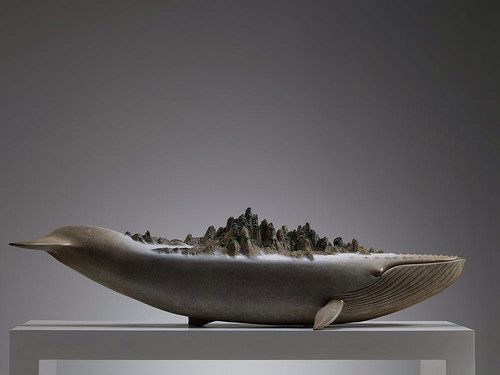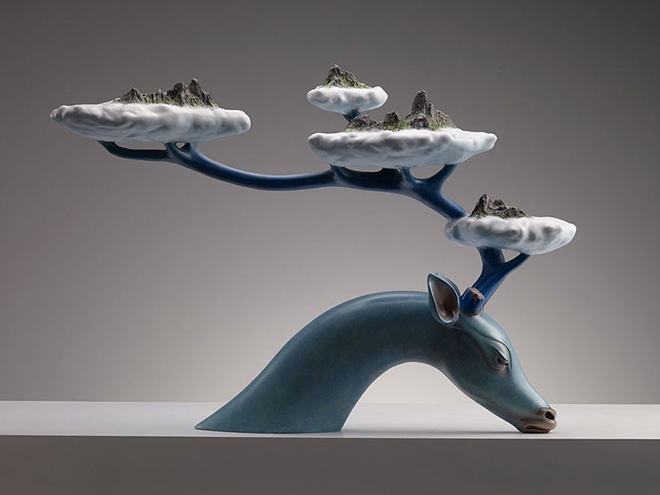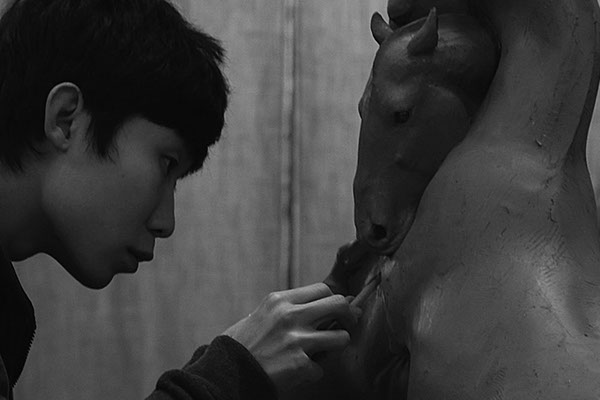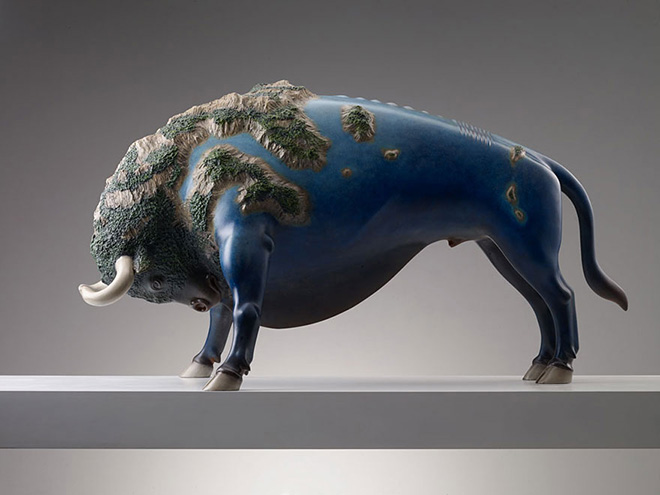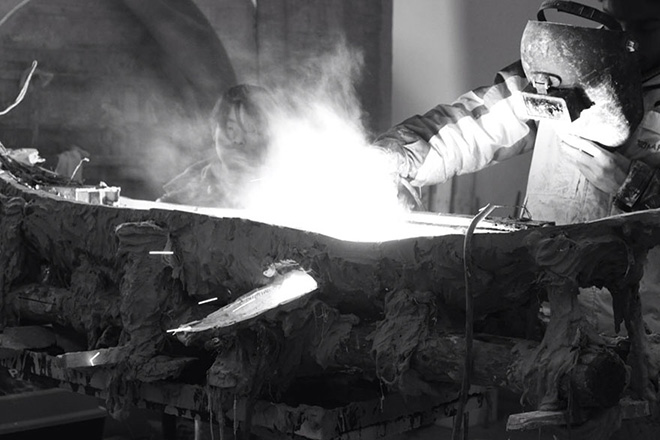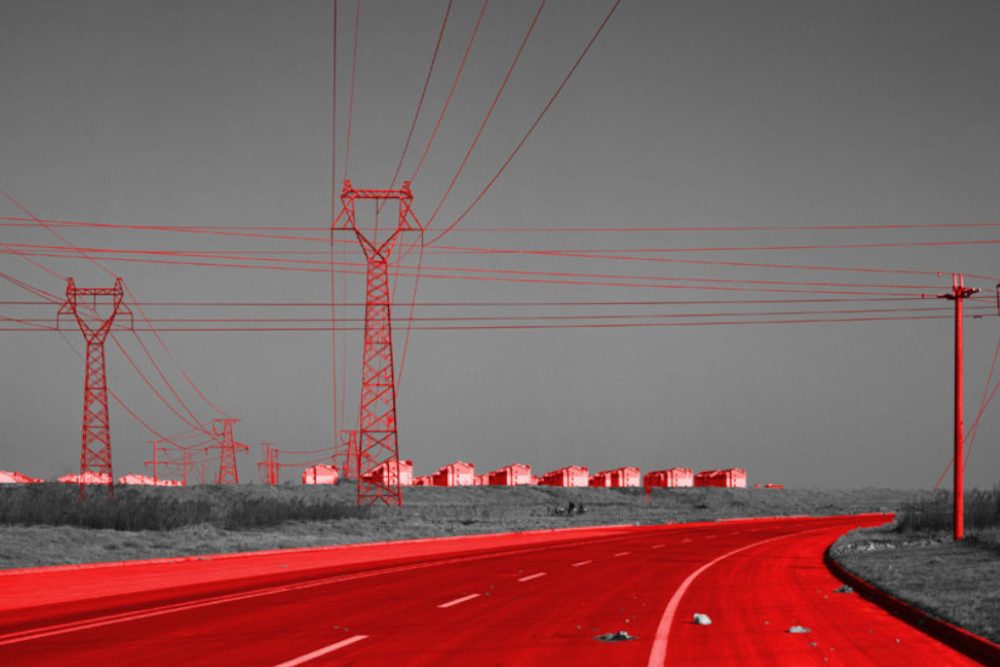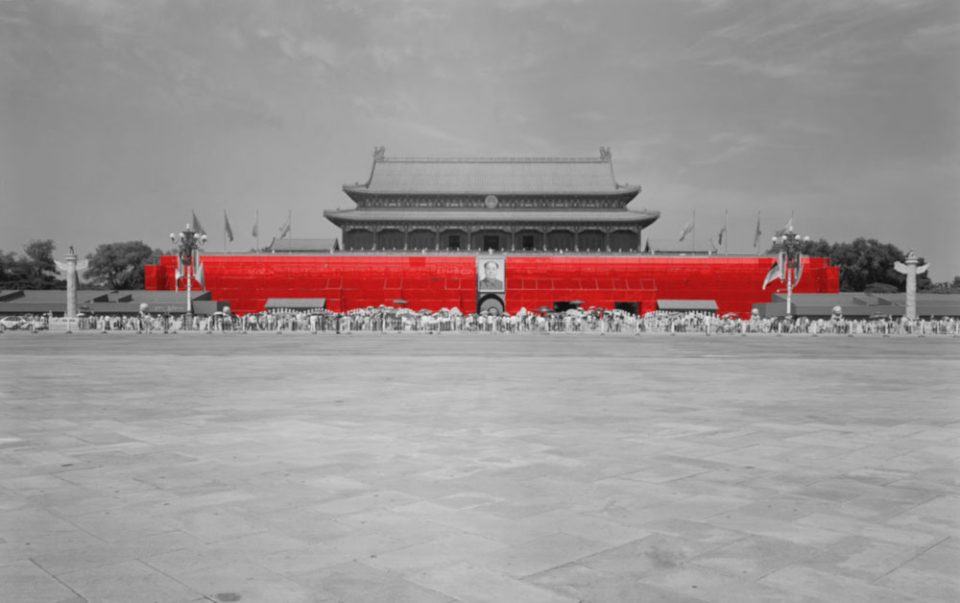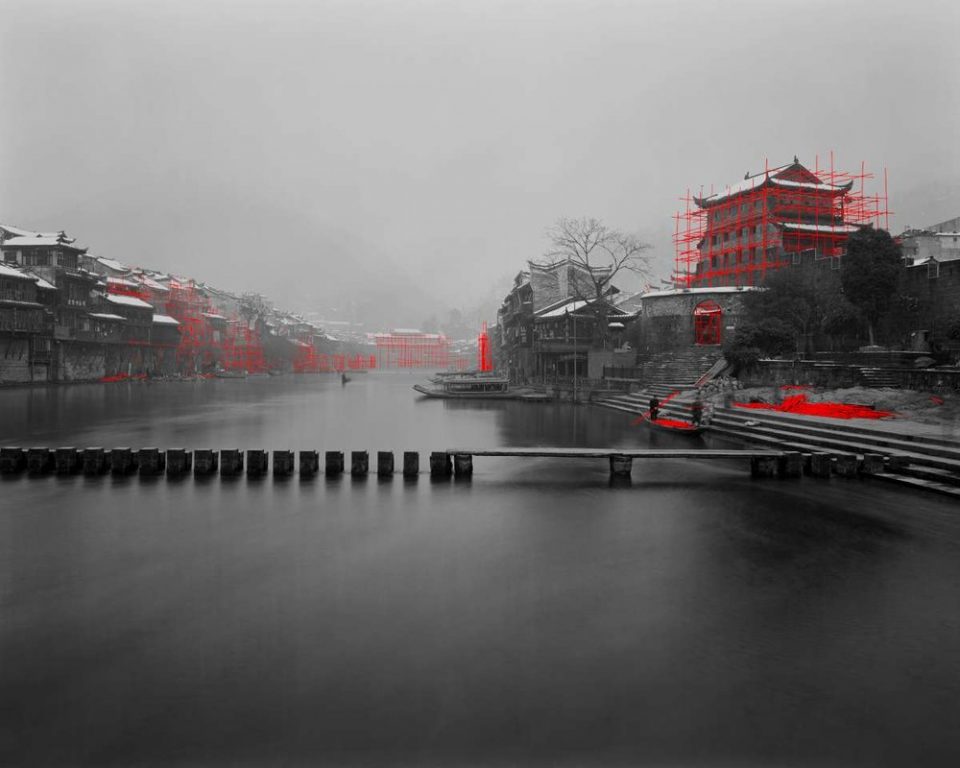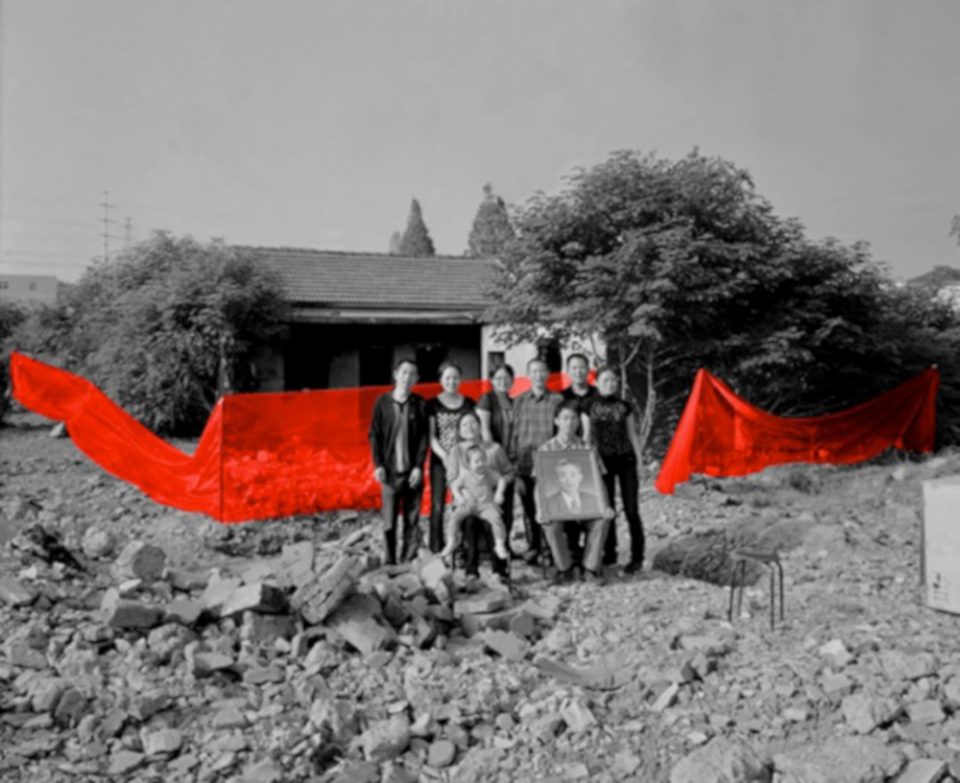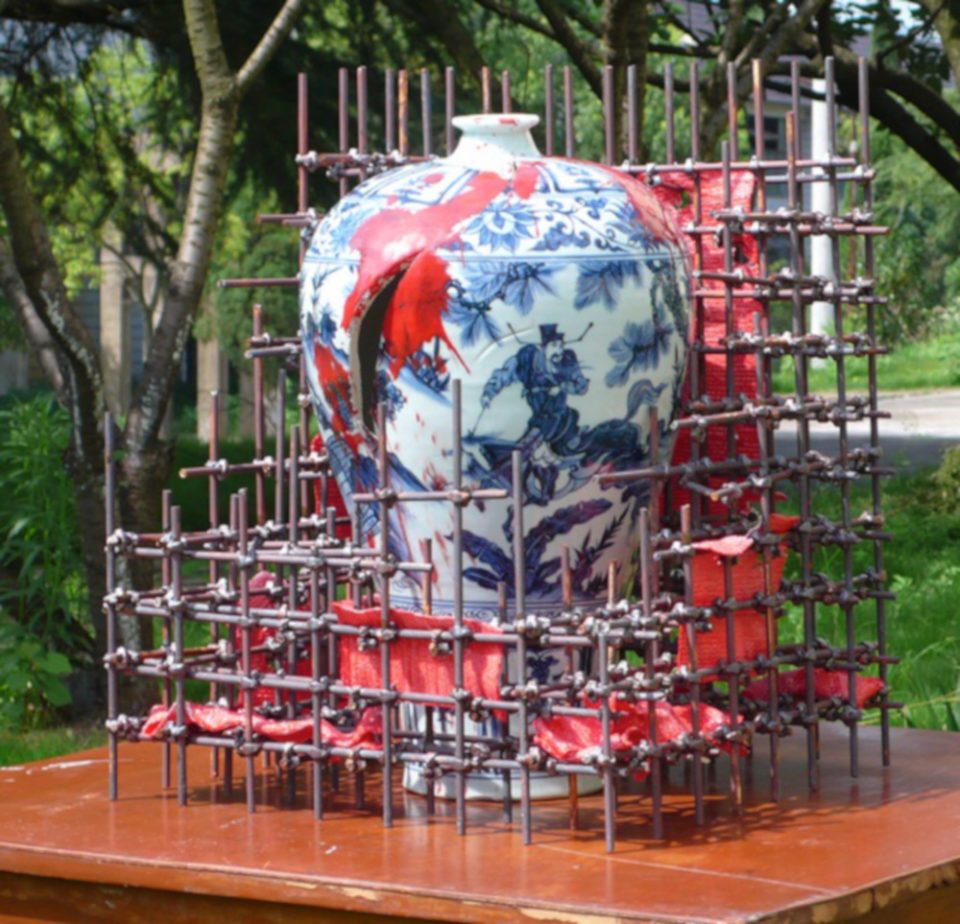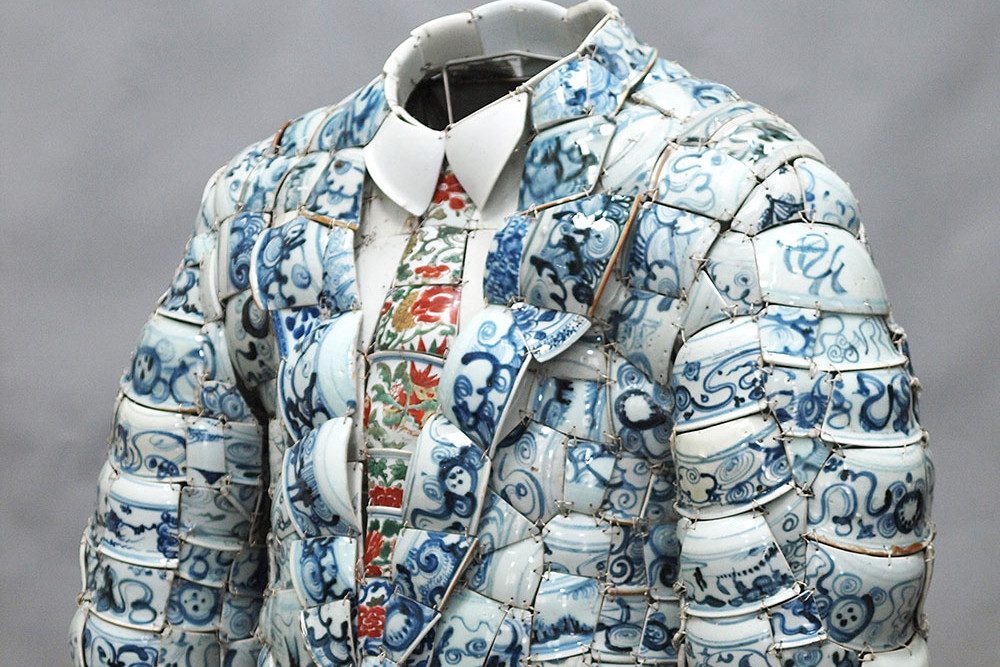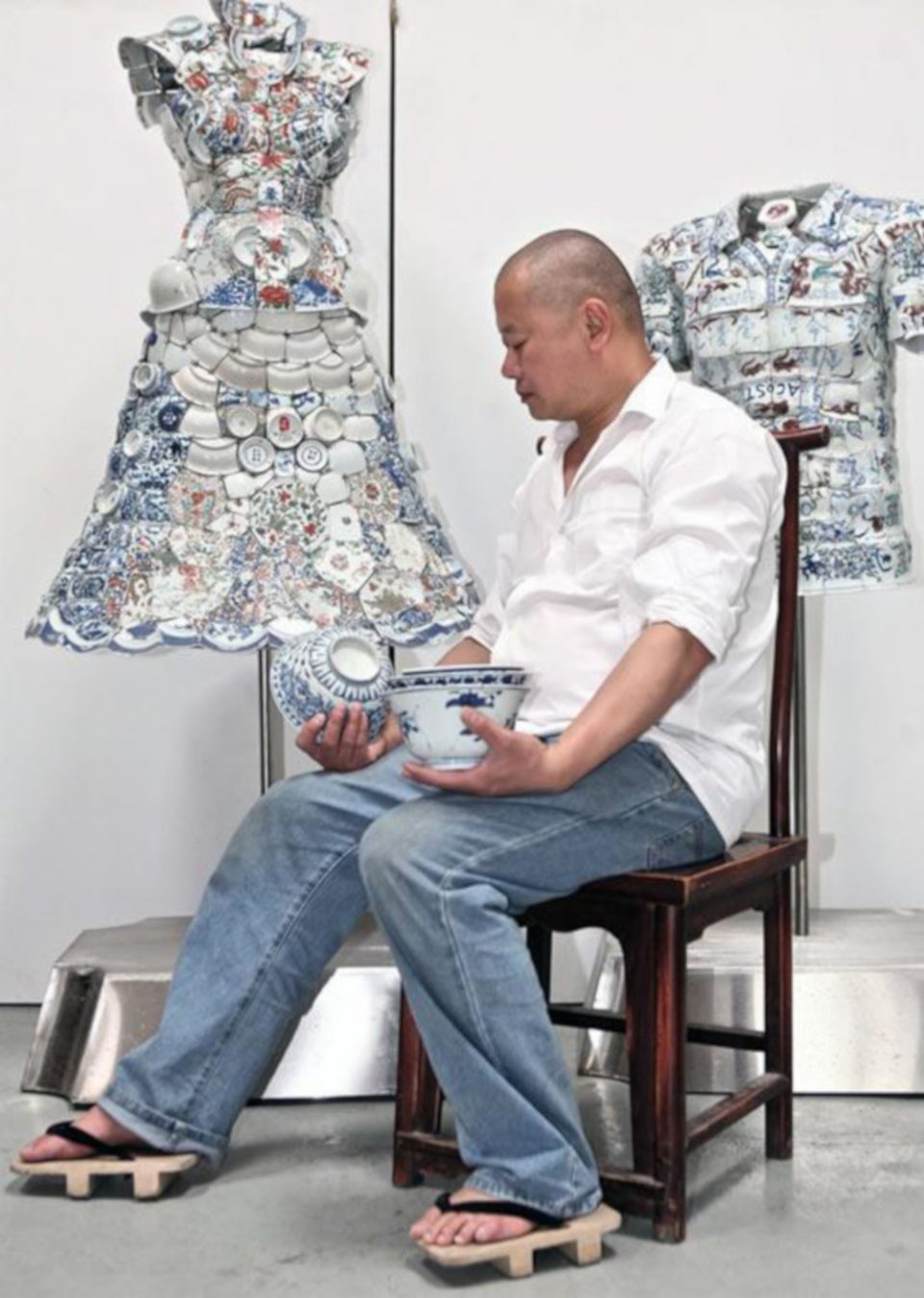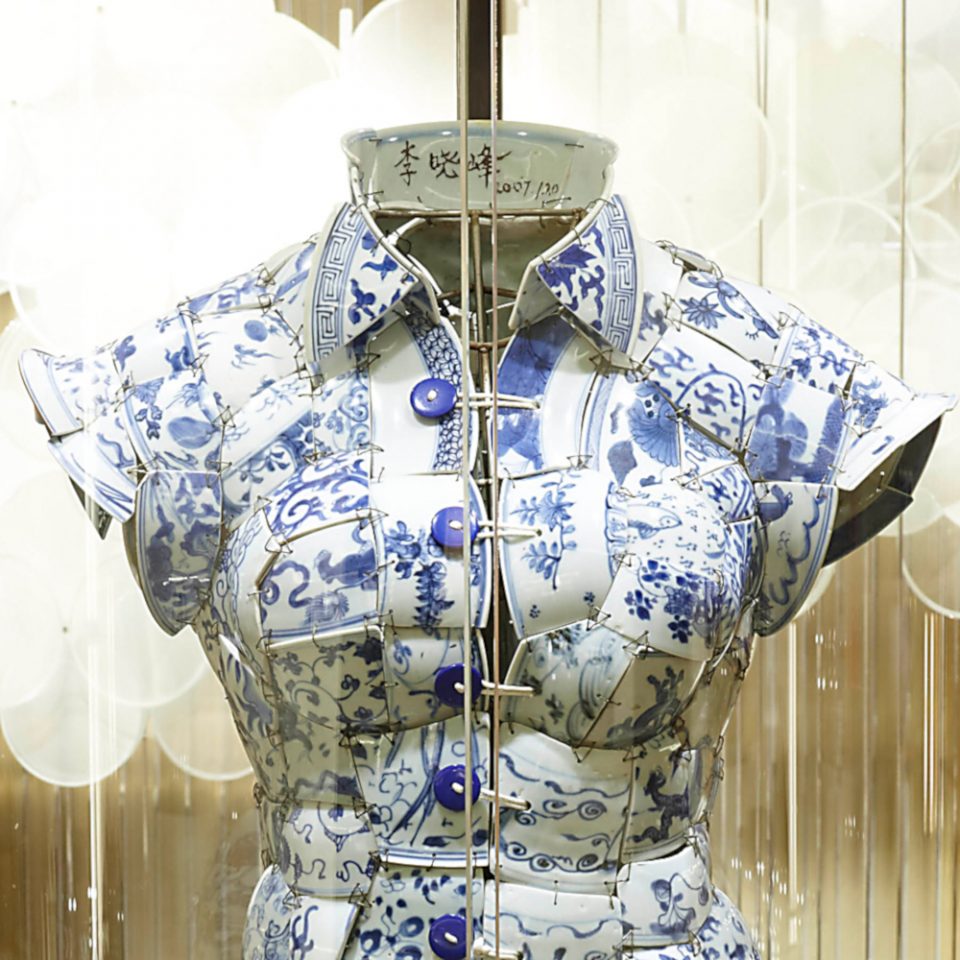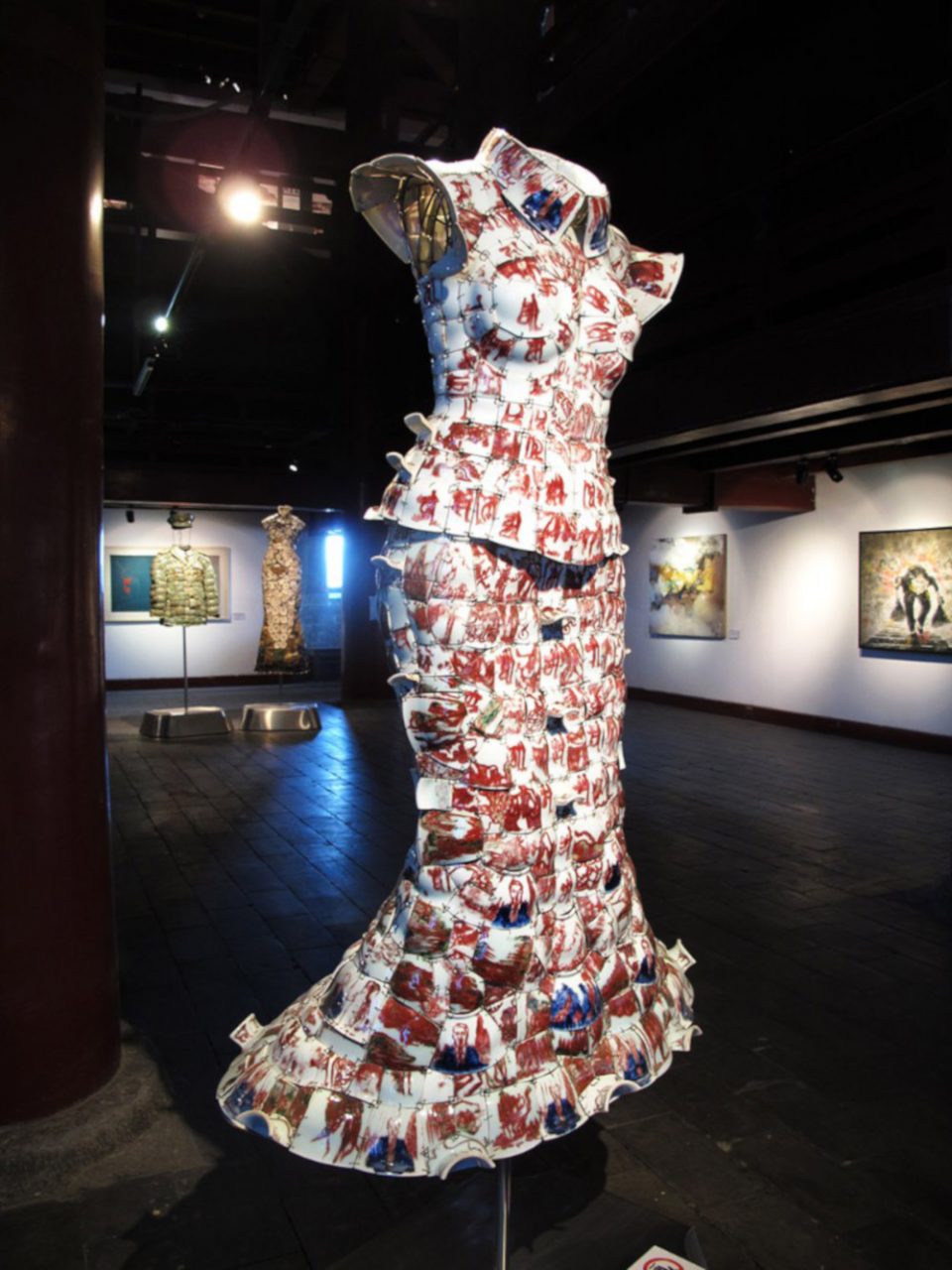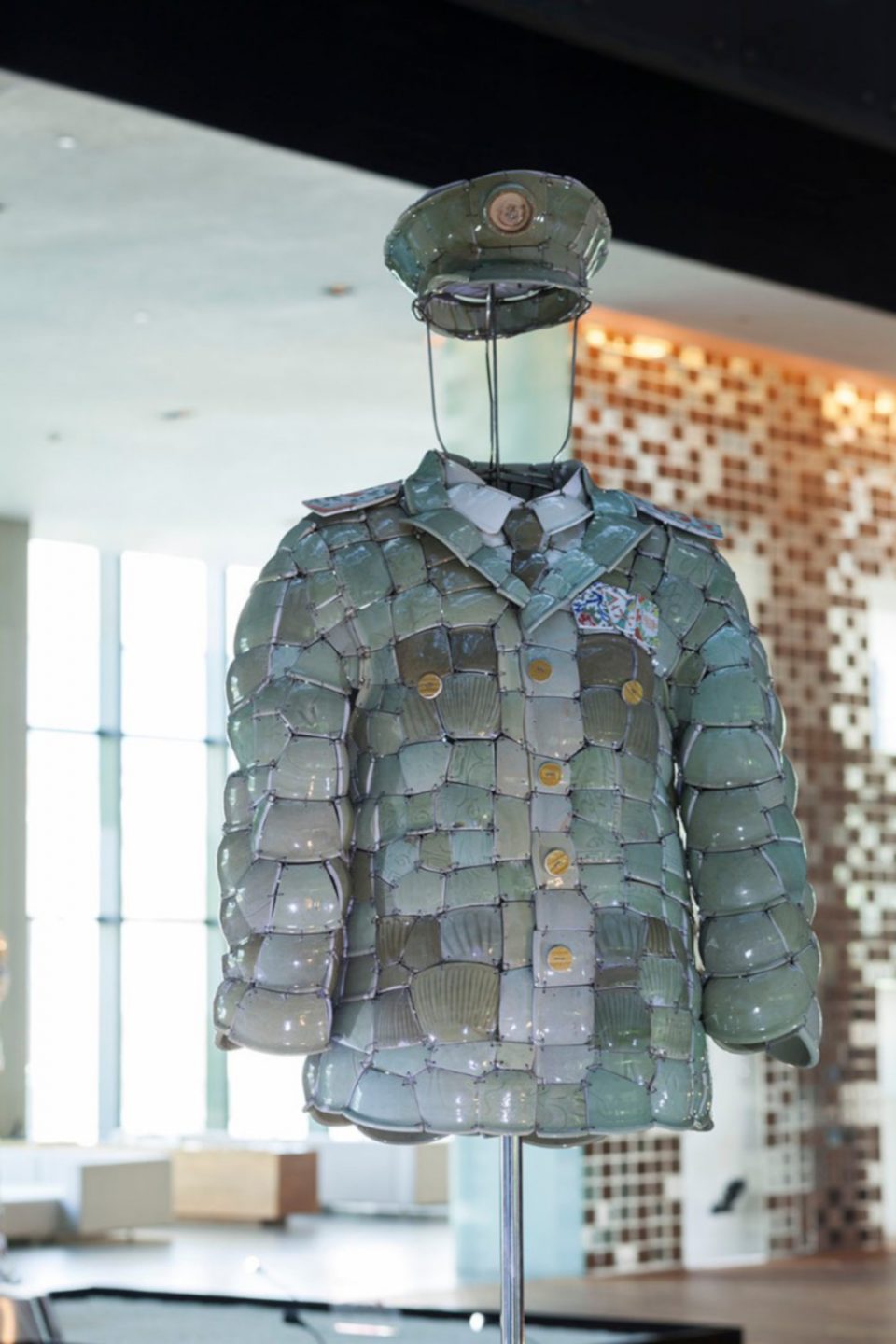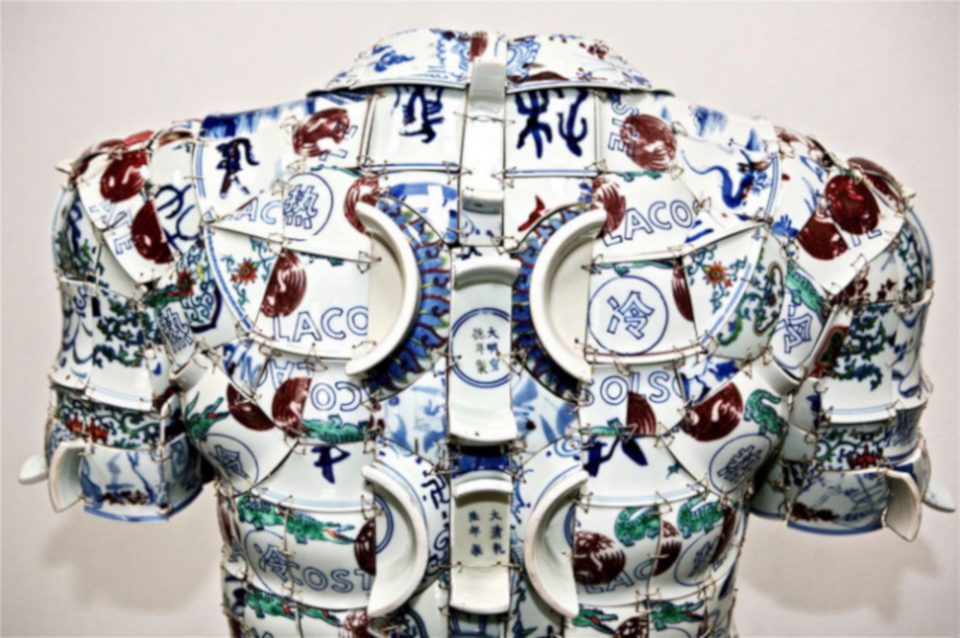The Chinese art
Artist: Zhao Qi
zhao qi Born in Jin County, Liaoning Province in 1954
He currently works and lives in Beijing
zhao qi would like to call these paintings on small notebooks works. Therefore, this point is emphasized because according to custom. We often call this type of painting “studio”, or shorthand or something like that. What zhao qi don’t understand is, why can’t sketches and sketches be placed in the exhibition halls of art museums such as Chinese paintings, oil paintings and prints?
Zhao Qi work
Outside of zhao qi understanding of painting, I think the work is a kind of narrative and the painter expresses his ideas through the painting. Although these paintings on small books are not “formal” like the works on display, their essence is still something thoughtful.
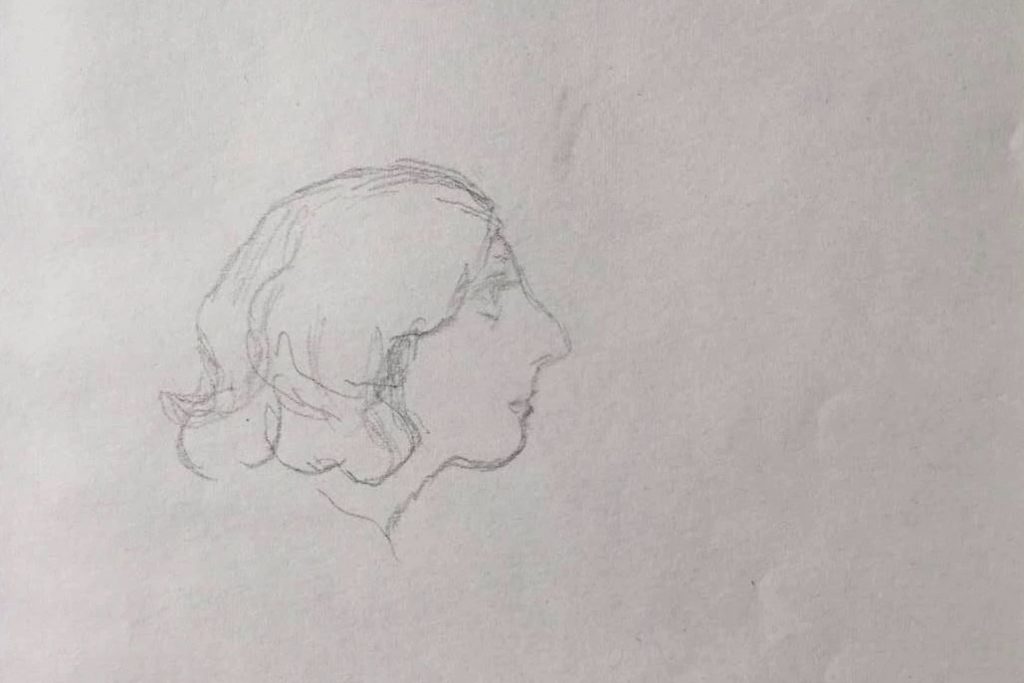


These paintings are random, sometimes standing, sometimes sitting, sometimes leaning against where. This way, I can see that when I painted. I must have been moved by the image in front of me. Yes, these images are painted in front of the object, it is not an imagination from nothing. ——This is different from other jobs, right?
——All the works are sent with feelings. suddenly I feel wrong to tell this fact. Because some images are also boring when I hold a pen and first draw carelessly. When painting, the picture looks interesting. Painting is indeed a very magical act, we cannot know where the end of the brush is attached.
Contemporary art usually refers to art that has innovated and subverted existing norms in the fields of oil painting, sculpture, and printmaking since China implemented economic reforms in 1979 and opened to the outside world, including photography. Installation.Concept.Performance. Video. Multimedia and other new art forms . The Chinese art circle regards an art exhibition in 1979 as the beginning of Chinese contemporary art history.
